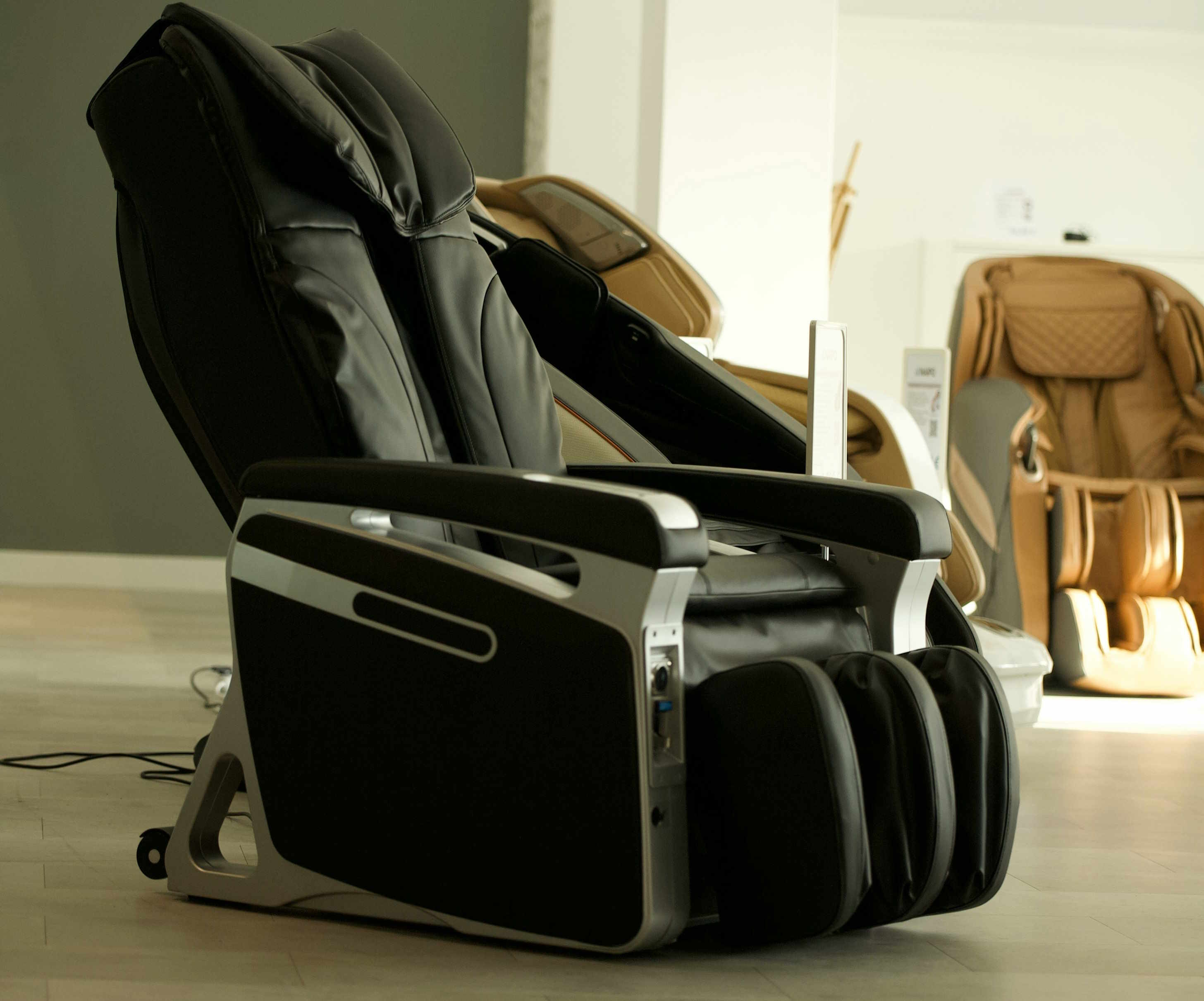Massage Chairs: Uses, Home Furniture Placement, and Therapy
Massage chairs are motorized seats designed to simulate hands-on massage techniques using rollers, airbags, heat, and vibration. In a home setting they blend mechanics with comfort, offering scheduled or on-demand sessions that target muscles, posture, and brief relaxation breaks. Understanding how they work, where to place them among furniture, and what health claims are reasonable helps set expectations before purchase.

What is a massage chair and how does it work?
A massage chair uses a combination of mechanical components—rollers that move along the spine, airbags that compress and release, heaters, and sometimes vibration units—to recreate kneading, tapping, rolling, and stretching motions. More advanced models include body scanning to adapt the massage to the user’s frame, multiple intensity levels, and pre-programmed routines for different goals such as relaxation or targeted muscle relief. Regular short sessions can be integrated into daily routines as a complement to other recovery practices rather than a standalone medical solution.
How does a massage chair fit with other furniture?
When adding a massage chair to existing furniture, consider scale and style: these chairs are typically larger and bulkier than standard armchairs, so they require dedicated floor space and often a slightly reclined clearance zone behind them. Choose materials and colors that coordinate with sofas and accent pieces to avoid a visually jarring effect. In multi-use rooms, place the chair where it can act as a functional focal point—near a window for natural light or beside a bookshelf—while ensuring electrical access and unobstructed movement for the chair’s recline and rotation features.
Where to place a massage chair in your home?
Placement affects both function and enjoyment. Ideal spots include a quiet corner of a living room, a home office where short breaks are taken, or a bedroom for evening relaxation. Avoid high-traffic pathways; allow enough room for full recline and for airbags to inflate without catching upholstery. If the chair includes heat or needs ventilation, position it away from direct sunlight and heat sources. Consider flooring: a stable, level surface is important, and a protective mat can prevent wear on hardwood or carpeting while reducing vibration transfer.
How massage chairs support relaxation and stress reduction
Massage chairs can help promote relaxation by stimulating circulation, reducing muscle tension, and offering a tactile distraction from day-to-day stressors. Programs that combine gentle rolling with heat tend to be perceived as calming, while rhythmic percussion can help relieve stiffness after sedentary work. For many users, the convenience of having a short, consistent relaxation session at home increases adherence compared with scheduling external appointments. Realistic expectations are important: while many people report subjective relaxation benefits, individual responses vary.
Can massage chairs provide therapeutic benefits?
Massage chairs may assist with symptom management for muscle soreness, mild back stiffness, or tension-related headaches by improving local circulation and loosening tight muscles. However, they are not a substitute for hands-on clinical treatment when specific medical conditions are present. This article is for informational purposes only and should not be considered medical advice. Please consult a qualified healthcare professional for personalized guidance and treatment.
For individuals with chronic pain, recent injuries, implantable devices, or severe circulatory conditions, consult a healthcare provider before regular use. Therapists and clinicians sometimes recommend massage-like modalities as part of a broader rehabilitative plan, but hands-on clinical assessment remains the standard for diagnosing and prescribing therapeutic interventions.
Conclusion
Massage chairs occupy a practical niche between furniture and home wellness equipment: they offer convenient, repeatable sessions that can support relaxation and temporary muscle comfort. When integrating one into a living space, consider size, placement, and coordination with existing furniture, and approach health-related claims cautiously. For targeted therapy or medical concerns, rely on professional assessment to determine whether a chair should be part of a wider treatment strategy.






